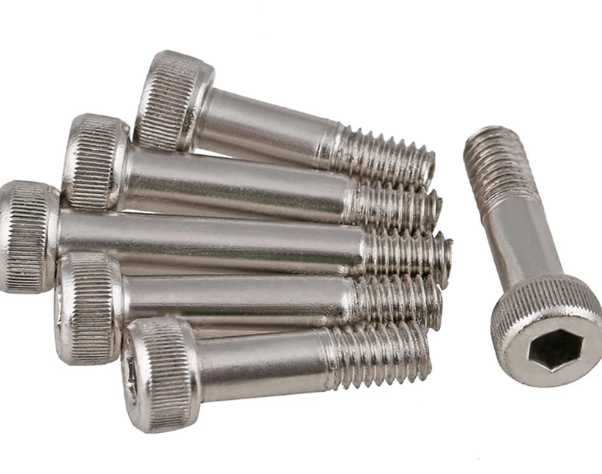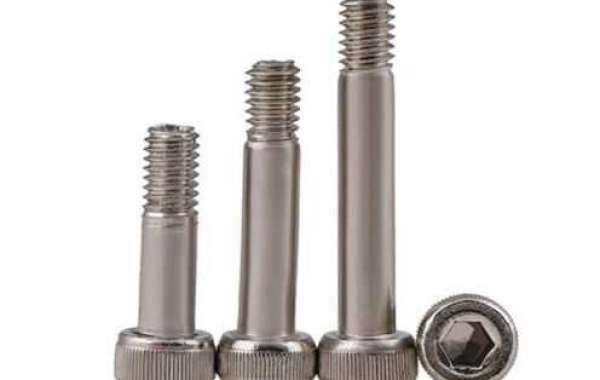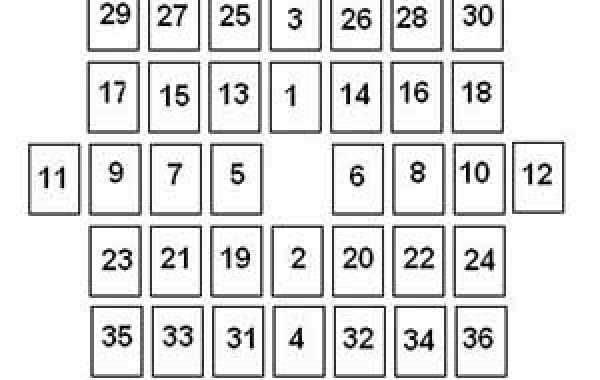When you need a bolt, it’s tempting to find whatever’s around that meets the size specifications you need. But so much more goes into choosing the right solution for the job. There are considerations like how well a bolt grips and how it distributes a load. There are many types of bolts, screws and other fasteners to support different jobs with varying requirements.
When you have a specific job at hand and need dependable screws, you have many decisions to make. One of the most important choices is whether you need a partially or fully threaded bolt. To help you gain more insight and make the best decision for any project, here’s a look at full thread vs. partial thread screws.

We have all been guilty of the “if it fits, it is close enough,” mentality, but it’s not the best practice. When you rely on the experts at FMW Fasteners, we can help you find the bolts and screws that meet your requirements.
FULL THREAD FASTENERS
As you might have guessed, fully threaded bolts and screws have no grip length or thread-free portion. The threads run from under the head to the tip.
Why choose a fully threaded bolt? If you’re most interested in grip strength and less interested in alignment and shear strength, a fully threaded bolt is going to be your best option. Once mounted, a full thread bolt spreads pressure along its entire length, with the largest holding pressure placed on the head where it meets the material it fastens to.
Often used in the automobile industry to design vehicle frames, full thread solutions distribute the mounting pressure of a car’s panels across the length of the entire bolt thanks to the full threading. Where grip strength is more critical compared to alignment or shear strength, full threads are your go-to.
WHAT’S THE DIFFERENCE BETWEEN THE TWO OPTIONS?
The major difference of fully threaded screws vs. partially threaded screws is that full fasteners have threads that run the whole length of the screw, while partial screws have an unthreaded section below the head, which is the grip length. Then there is partial threading the rest of the way down. Both types of fasteners are ideal for a variety of applications, but it’s crucial to know which fits your project as they grip and distribute weight differently. Variables like the head size, thread pitch and type of thread all affect a fastener’s capabilities.
HOW YOU CAN USE VARIOUS FASTENER TYPES
No one type of bolt is used more than another. Instead, the bolt you select is all about the fastening you need.

Choose partially threaded bolts for projects that demand extreme holding force. Partial thread bolts are often used for motor mounts, alternators and other automotive fastenings, as well as water pumps. In these types of applications, precision is vital and the grip length of the bolt delivers the alignment that’s needed.
During tightening, the grip length is pulled tight into the hole, yanked in by the threads that are exposed on the other side of the hold. The resulting force is what’s needed to hold motor mounts securely. Partial threads are also better at resisting cracks and bends.
Choose fully threaded bolts for applications that need more grip strength than holding force. If you would use partially threaded bolts for automotive fastenings, like motor mounts and alternators, use full thread bolts for automotive fastening like body panels. Body panels do not require the same amount of holding force that motor mounts demand, but they do need a stable grip. A partially threaded bolt stores its holding force at the threaded end, while a fully threaded bolt's holding force expands across the entire shaft section.
Working with a fully threaded fastener means the tension placed on the bolt will spread over a larger surface area to withstand larger forces. They are also less likely to come loose.
CHOOSING BETWEEN FULLY THREADED BOLTS AND PARTIALLY THREADED BOLTS
You face many choices and options when searching for the right bolt for your next project. When it comes to choosing full thread vs. partial thread screws, consider whether you need maximum grip strength or maximum protection against shear. If you need grip strength, find the right full thread bolt that’s made of the material you need. If you’re more concerned about shear, choose partially threaded bolts that’s going to help protect against it.








